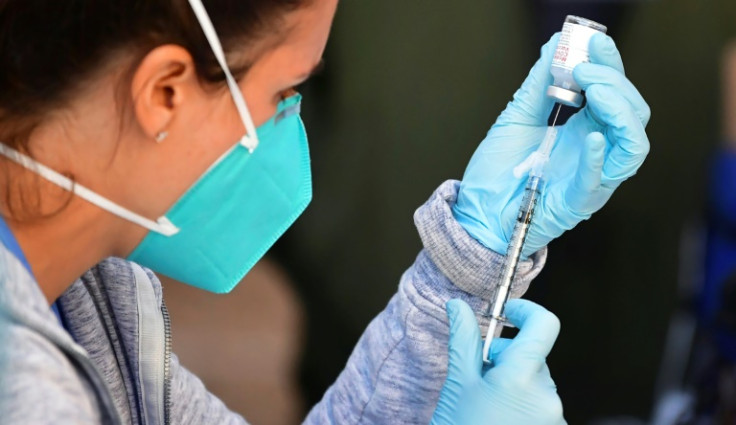New COVID Symptom Feels Like 'Razor Blades in the Throat', Say Suffering Patients
As Omicron subvariants continue to evolve, patients are reporting intense throat pain likened to swallowing broken glass

A new wave of COVID-19 infections has brought with it a troubling symptom: razor-blade-like throat pain so intense leaving patients fearful and confused.
Individuals have described the onset of this variant as 'the worst sore throat' of their lives, distinct from earlier strains that caused milder upper respiratory issues.
The symptom, now monitored by health authorities, is increasingly associated with emerging Omicron subvariants, particularly JN.1 and KP.3, which are currently dominant in the UK and several other countries.
What Patients Are Saying
There has been a notable increase in reports on social media platforms such as TikTok, Reddit, and X of severe, stabbing throat pain among COVID-19 patients.
Many describe the discomfort as feeling like 'swallowing broken glass' or having 'razor blades lodged in the throat.' These vivid descriptions highlight the intense nature of symptoms associated with newer COVID-19 variants.
Medical experts acknowledge that symptoms with recent Omicron subvariants tend to focus more on the upper respiratory tract, particularly the throat and nasal passages. This contrasts with earlier variants like Delta and Alpha, which often caused more severe lower respiratory infections involving the lungs.
What's Driving the Pain?
Experts believe severe throat pain is caused by heightened viral load in the upper respiratory tract, particularly in the nasopharynx and oropharynx, combined with the body's immune response, which can trigger inflammation and nerve sensitivity.
According to the ZOE COVID Study, this symptom reflects the virus's adaptation to linger in the upper airway. That's also why it remains highly transmissible—people talk, cough, and shed virus before realising they're infected.
How This Variant Differs
Unlike earlier versions of COVID-19 that caused loss of taste and smell, fatigue, and breathlessness, this current symptom profile is more concentrated in the throat, often with minimal nasal congestion or chest tightness. Other common signs include:
- Sudden, severe sore throat
- Hoarseness or voice changes
- Pain when swallowing
- Swollen lymph nodes
While the pain typically eases after 3–5 days, some patients report lingering discomfort for up to a week. Fever and fatigue may follow, but hospitalisations remain low for most healthy individuals.
What You Should Do
Doctors recommend treating symptoms with standard at-home remedies:
- Paracetamol or ibuprofen for pain and inflammation
- Warm saltwater gargles
- Hydration with herbal teas and broths
- Avoiding irritants like alcohol, tobacco, or spicy foods
Those with severe throat pain lasting more than 72 hours, especially alongside difficulty breathing, should consult a GP or call NHS 111. People in vulnerable groups, including the elderly and immunocompromised, are encouraged to test early and seek antiviral treatment if eligible.
What This Means for the Public
As COVID-19 continues to evolve, so do its symptoms, requiring ongoing public awareness. The current NB.1.8.1 subvariant, now associated with unusually sharp throat pain, highlights how newer strains differ from earlier waves.
Public health experts note that many recent variants tend to concentrate in the upper respiratory tract, particularly the throat and nasal passages. This pattern makes the virus easier to spread but generally leads to milder illness than earlier strains that affected the lungs more severely.
While hospitalisation rates remain low, health authorities stress the importance of recognising symptoms early, testing promptly, and staying updated on public health guidance. Sudden, severe throat discomfort—even without fever or cough—may now warrant a COVID test.
© Copyright IBTimes 2025. All rights reserved.





















